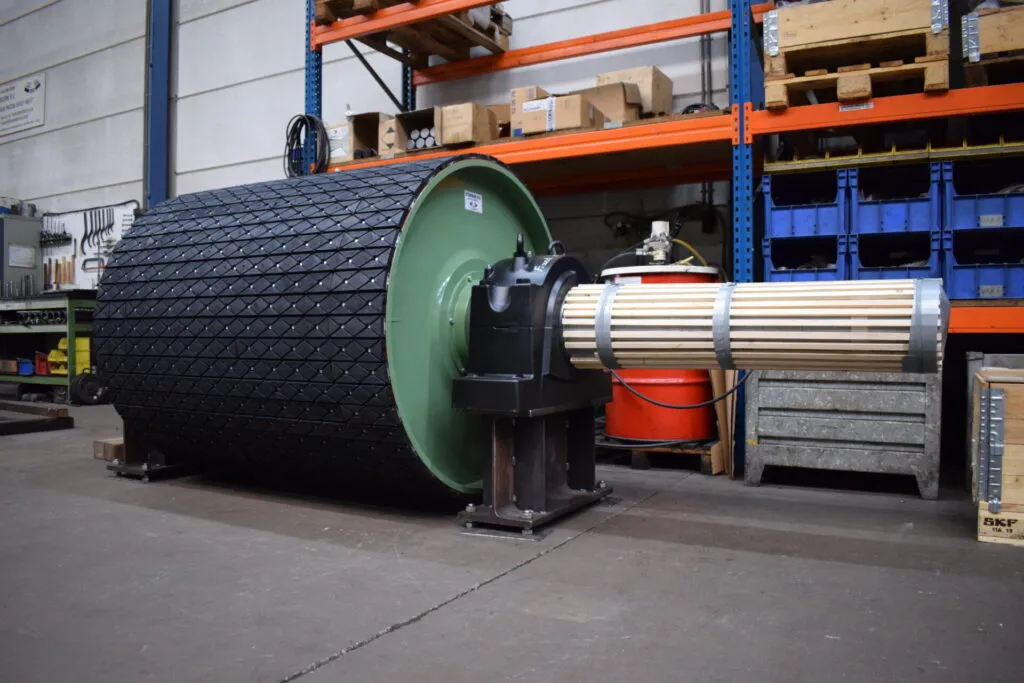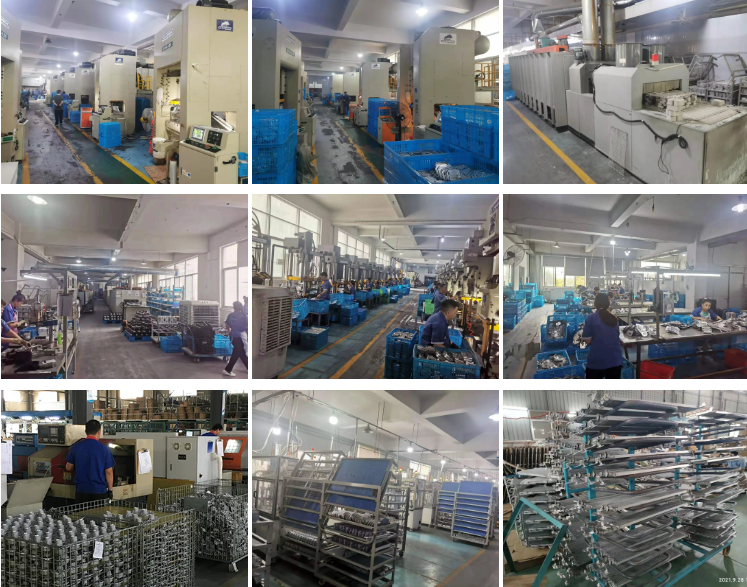Introduction to Compound Pulley
1. High Efficiency
The compound pulley system is designed to increase efficiency in lifting heavy loads.
2. Reduced Friction
By using multiple pulleys, the compound pulley decreases friction, making it easier to lift objects.
3. Versatility
Compound pulleys can be used in various applications and industries due to their versatility.
4. Durability
Constructed from high-quality materials, compound pulleys are durable and long-lasting.
5. Smooth Operation
The design of the compound pulley ensures smooth operation during lifting and lowering processes.
Advantages of Compound Pulley
1. Increased Mechanical Advantage
Compound pulleys provide a greater mechanical advantage, making it easier to lift heavy loads.
2. Enhanced Safety
Due to reduced friction and smooth operation, compound pulleys offer enhanced safety during lifting operations.
3. Cost-Effective
Using a compound pulley system can save time and effort, resulting in cost savings in the long run.
4. Wide Application
Compound pulleys can be used in various industries such as construction, manufacturing, and logistics.
5. Longevity
With proper maintenance, compound pulleys can last for years, providing a reliable lifting solution.
Process of Compound Pulley

Mold
The mold is prepared according to the design specifications of the compound pulley.
Casting
The molten material is poured into the mold to create the desired shape of the pulley.
Raw Materials
High-quality raw materials are used to ensure the durability and strength of the compound pulley.
Production

The pulley is manufactured using advanced production techniques to meet quality standards.
Testing
Each compound pulley undergoes rigorous testing to ensure its performance and safety.
Antirust Treatment
Special treatment is applied to prevent rust and corrosion, extending the lifespan of the pulley.
Separate Inspection
Each part of the compound pulley is inspected separately to ensure quality and precision.
Marking
Finally, the compound pulley is marked with necessary details for identification and tracking.
What are the differences between bend pulley and snub pulley?
1. Function
Bend pulleys change the direction of the belt, while snub pulleys increase the wrap angle of the belt.
2. Location
Bend pulleys are usually located at the tail end of the conveyor, while snub pulleys are near the head end.
3. Belt Tension
Snub pulleys help in maintaining proper belt tension, while bend pulleys assist in guiding the belt.
4. Diameter
Bend pulleys have a larger diameter compared to snub pulleys, affecting the belt’s trajectory.
5. Impact on Belt Life
Improper use of bend pulleys can lead to premature wear on the belt, while snub pulleys can help extend the belt’s life.
What is the use of snub pulley in belt conveyor?
1. Belt Tracking

Snub pulleys help in tracking the belt and keeping it aligned during operation.
2. Increased Traction
Snub pulleys provide additional traction to prevent slippage of the belt on the drive pulley.
3. Belt Tension Control
Snub pulleys assist in maintaining proper belt tension, ensuring smooth operation of the conveyor.
4. Reducing Spillage
By keeping the belt in place, snub pulleys help in reducing material spillage along the conveyor.
5. Improved Efficiency
The use of snub pulleys can improve the overall efficiency and performance of the belt conveyor system.
About HZPT

HZPT, established in 2006, is a leading manufacturer of precision transmission components based in Hangzhou. We specialize in producing various components with high precision and speed. Our products are highly regarded in Europe and America for their quality, competitive prices, and excellent service. We offer custom solutions to meet your specific requirements. With a focus on innovation and customer satisfaction, HZPT is your trusted partner for all your transmission component needs.